Musée d'Histoire de Séoul (서울역사박물관)
2.9Km 2023-08-25
55, Saemunan-ro, Jongno-gu, Seoul-si
+82-2-724-0274~6
Le musée d'Histoire de Séoul présente l'histoire et la culture de Séoul en partant de la préhistoire jusqu'à l'époque moderne en se centrant sur la période de la dynastie Joseon. Pour montrer l'histoire et la culture de Séoul qui est en plein essor pour devenir une métropole mondiale et en s'établissant comme espace culturel représentatif qui récupère, préserve, étudie et organise des expositions des patrimoines culturels, le musée d'histoire de Séoul joue le rôle de musée qui insuffle fierté et solidarité aux Séoulites et qui montre l'identité de notre culture aux étrangers.
Musée d'histoire Baejaehakdang (배재학당역사박물관)
2.9Km 2021-10-05
Séoul, Junggu, Seosomun-ro 11gil 19
+82-2-319-5578
Baejaehakdang est la première école d'architecture occidentale construite en Corée, en 1885 par Henry Gerhart Appenzeller (1858~1902). Le but premier de cette structure était l'enseignement de l'anglais, avant de devenir un grande centre d'instructions ayant formé quelques grands intellectuels en Corée. La structure est divisée en plusieurs écoles, avec son université, son lycée, et son collège.
Musée d'histoire de Baejaehakdang
Le musée a été fondé dans les murs du bâtiment Baejaehakdang en 2008, bâtiment classé au patrimoine coréen. En plus des expositions régulières et temporaires, le musée propose également des programmes d'éducation.
Halmaejip (할매집)
2.9Km 2017-02-01
1-5, Sajik-ro 12-gil, Jongno-gu, Seoul
+82-2-735-2608
Not like usual Gamjatang (pork back-bone stew), Halmajip’s Gamjatang uses only bean sprout and leek to make a refreshing soup taste along with red pepper powder, for a spicy flavor.
Tosokchon Samgyetang (토속촌삼계탕)
2.9Km 2021-03-24
5, Jahamun-ro 5-gil, Jongno-gu, Seoul
+82-2-737-7444
Located near Gyeongbokgung Station, the restaurant was also frequented by late President Roh Moo-hyun. It produces their ingredients like Tojongdak (Korean chicken), 4-years ginseng, chest nut, jujube, garlics, ginger, adlay, perilla seeds, pumpkin seeds, sunflower seed, nuts, pine nut, black sesame, and etc.
Even though one has to wait to enter during lunch time, do not worry about long wait as the restaurant is spacious. Besides Samgyetang (ginseng chicken soup), it serves Ogol-samgyetang, otdak, pajeon (green onion pancake), Rotisserie chicken, and other menus.
Chebudong Janchijip Dwaejigalbi (체부동잔치집돼지갈비)
2.9Km 2021-03-18
24, Jahamun-ro, 1-gil, Jongno-gu, Seoul
+82-2-722-3555
This is a Korean cuisine located in Jongno-gu, Seoul. The best menu at this restaurant is marinated grilled spareribs. A Korean BBQ restaurant.
STAY dayoff [Korea Quality] / 스테이 데이 오프 [한국관광 품질인증/Korea Quality]
2.9Km 2021-03-29
6, Jahamun-ro 1da-gil, Jongno-gu, Seoul
This hanok (traditional Korean house) is located behind Seochon Food Street, located near Gyeongbokgung Station on Seoul Subway Line 3. It is located only 5 min away by foot from the station. Opening the door brings one to a small garden, furnished with stones and moss on a corner, and the interior also speaks to the unique combination of a modern hanok with contemporary sensibilities. The building is divided into the main building and annex building, with the former having two queen bedrooms connected by a living room and kitchen as well as two bathrooms.
The annex building is the hidden jewel of STAY dayoff, which houses a bathtub and a sauna facility behind a beautiful window wall. When the windows are opened, it is like being in an open-air bath overlooking the garden and the hanok. The standard occupancy of the house is 4, with a 10% discount available for guests staying for more than 2 nights on weekdays, and towel replacement and cleaning services are offered for guests staying for more than 4 nights.
Amourex Hotel
3.0Km 2020-06-25
19, Wangsimni-ro 20-gil, Seongdong-gu, Seoul
+82-2-2292-7634
Amourex Hotel is for both business travelers and tourists. It takes 20 minutes by car to Seoul’s major attractions such as Dongdaemun market, Myeongdong, and the Seoul City Hall. It is also close to Wangsimni Subway Station (line 1). The hotel offers comfortable guestrooms and services. The hotel’s Japanese Restaurant provides an upscale atmosphere for successful business meetings.
Jinguk Seolleongtang (진국설렁탕)
3.0Km 2021-03-29
293, Gosanja-ro, Seongdong-gu, Seoul
+82-2-2292-4700
It is a store that’s open 24 hours a day. This Korean dishes restaurant is located in Seongdong-gu, Seoul. The most famous menu is ox bone soup.
GOGHI (고희)
3.0Km 2021-03-26
17, Jahamun-ro 12-gil, Jongno-gu, Seoul
+82-2-734-4907
A good café to have a meal as it has a brunch menu as well as drinks. This cafe is located in Jongno-gu, Seoul. The representative menu is americano.
Rue de Cheongwadae (청와대 앞길)
3.0Km 2020-04-23
Gungjeong-dong, Jongno-gu, Séoul
+82-2-120
La rue de Cheongwadae a été créée avec l’instauration du gouvernement civil, et s’étend depuis le carrefour de Hyoja à Hyoja-dong jusqu’au carrefour de Palpan à Palpan-dong. En suivant la rue Hyoja depuis la station de métro Gyeongbokgung, vous trouverez le Sarangbang de Hyoja, une fontaine, un bosquet d’hibiscus, le hall Yeonmugwan, le pavillon Daegogak et le hall Yeongbingwan.
Le Sarangbang de Hyoja est un petit bâtiment composé d’un rez-de-chaussée abritant une exposition relatant les 600 ans d’histoire de Séoul, et d’un étage où sont exposés des cadeaux d’hôtes étrangers prestigieux. Les visiteurs peuvent se reposer dans le jardin de derrière. Au Daegogak se trouve un tambour offert au président Kim Yeong-san en souvenir de l’ancien tambour Sinmungo. Le hall Yeonmugwan est l’endroit où le personnel des services de sécurité s’entraîne aux arts martiaux. On y trouve également une citadelle en pierre naturelle, ainsi qu’un espace de repos. Derrière le bosquet d’hibiscus siègent l’ambassade du Vatican et le pavillon Chilgung.
Bordée d’arbres touffus et de parterres fleuris, la rue de Cheonwadae est l’endroit rêvé pour une belle promenade. La résidence présidentelle Cheonwadae (qui signifie « Maison Bleue ») se trouve juste en face de la porte Sinmumun du côté Nord du palais Gyeongbokgung, et la rue se termine sur la porte Chunchumun, où se trouve le centre de presse de Cheonwadae. Un peu plus loin, la rue Samchongdong-gil s’étend depuis la porte Chunchumun jusqu’à la porte Geonchunmun (porte principale du palais Gyeongbokgung). De nombreuses galeries de peinture y sont installées (galerie Gukje, galerie Growrich, galerie Hyundai, etc) , ce qui en fait un lieu de prédilection pour tous les amateurs d’art.
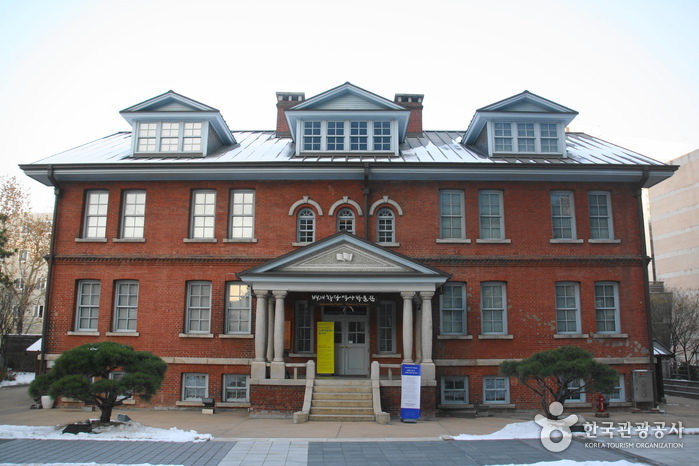
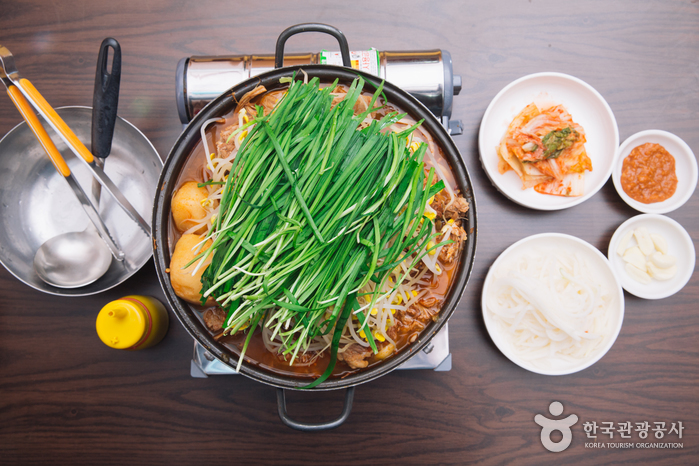
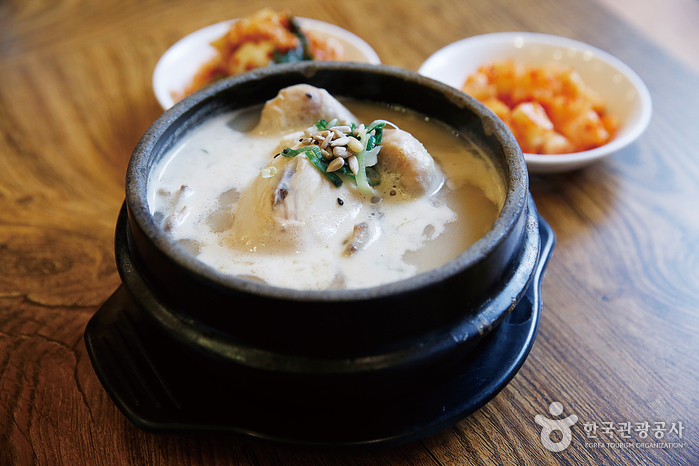
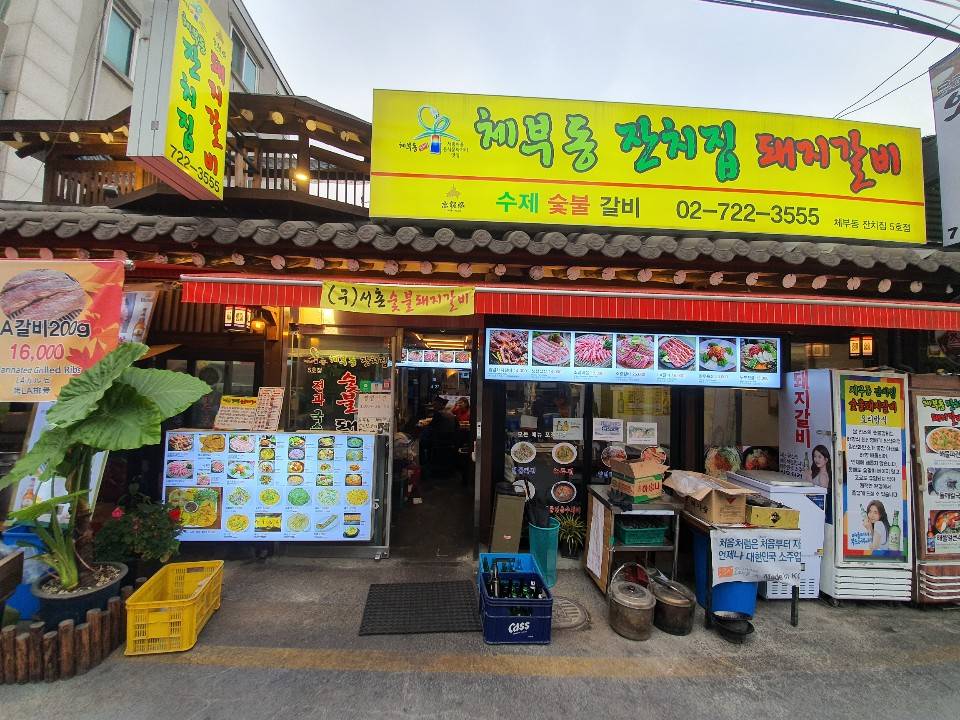
![STAY dayoff [Korea Quality] / 스테이 데이 오프 [한국관광 품질인증/Korea Quality]](http://tong.visitkorea.or.kr/cms/resource/96/2707596_image2_1.jpg)
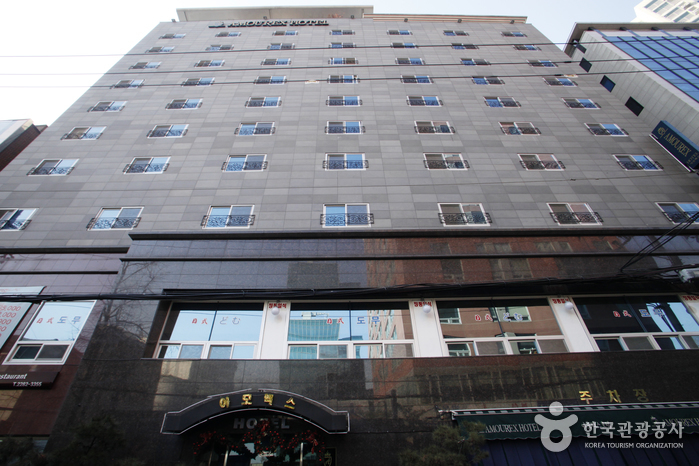
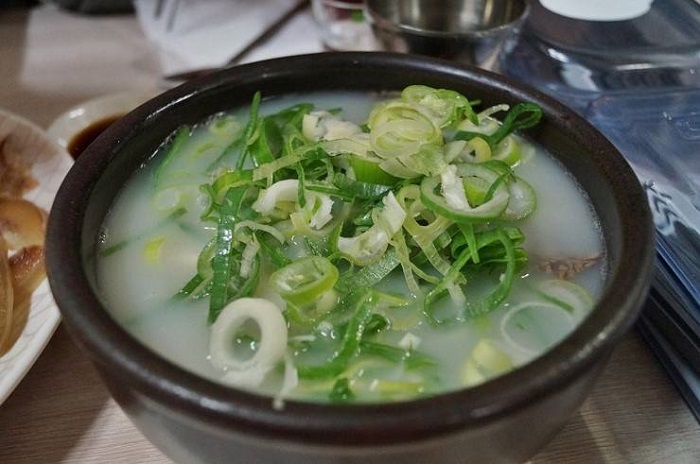
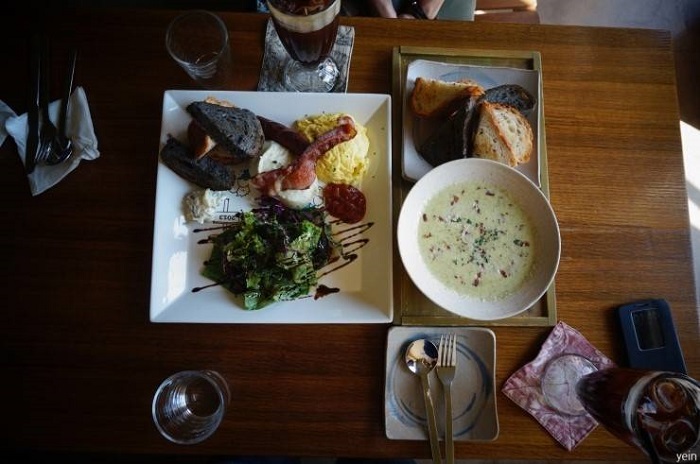
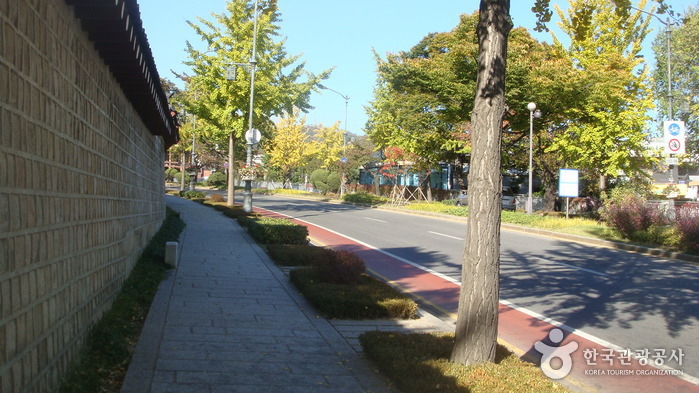
 Français
Français
 한국어
한국어 English
English 日本語
日本語 中文(简体)
中文(简体) Deutsch
Deutsch Español
Español Русский
Русский